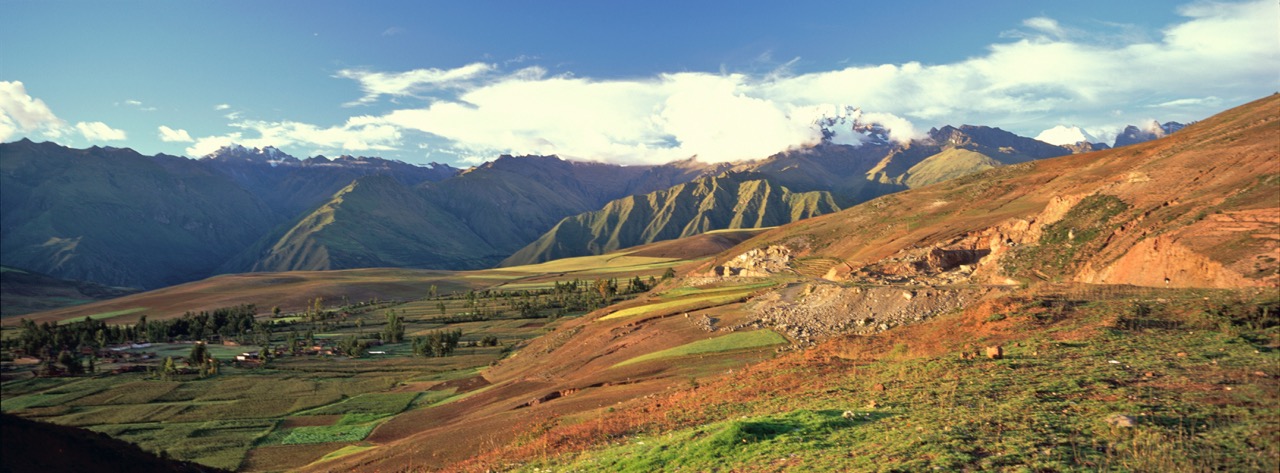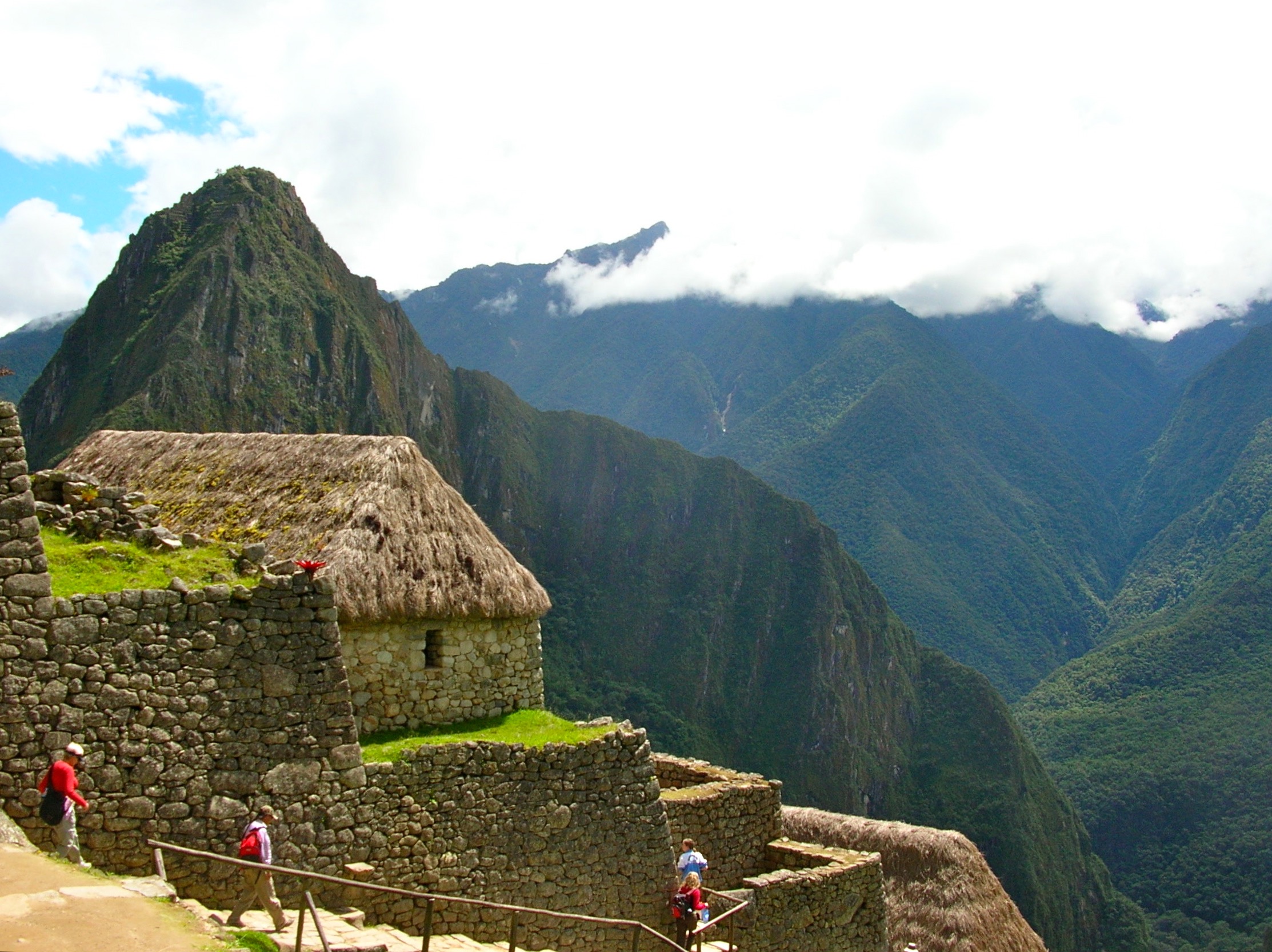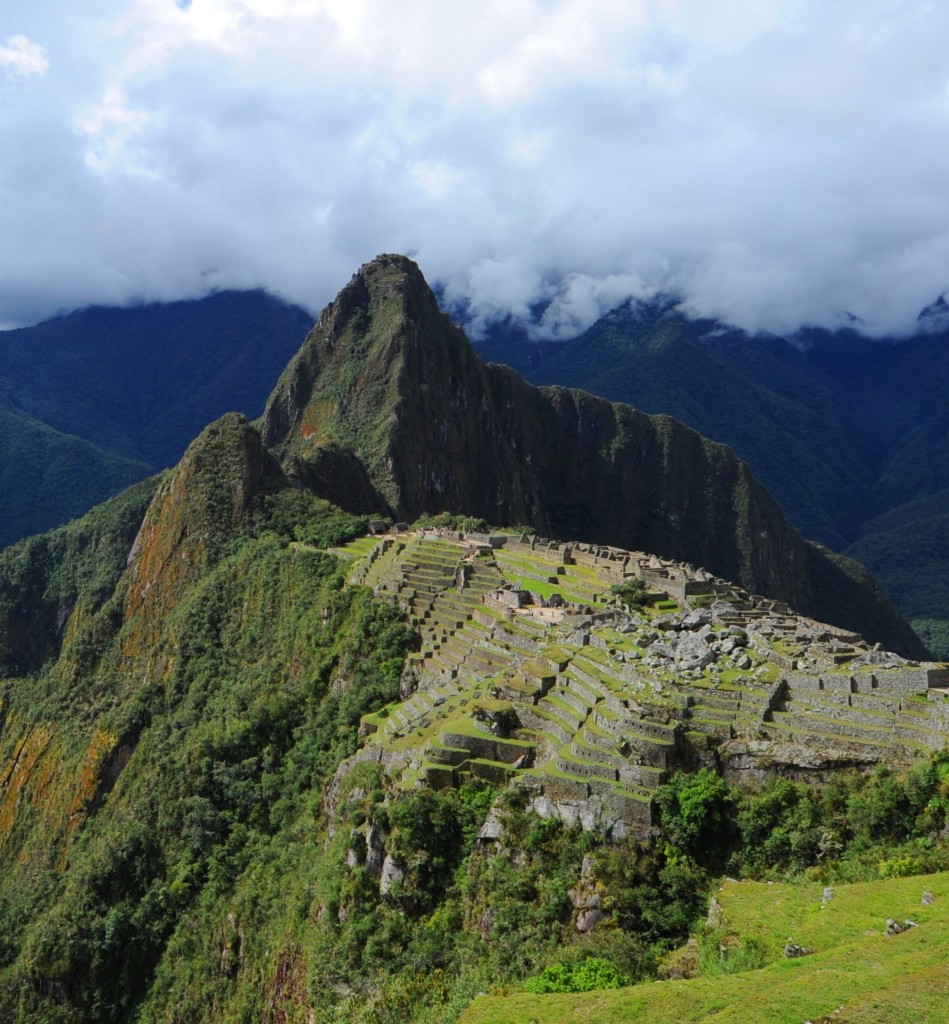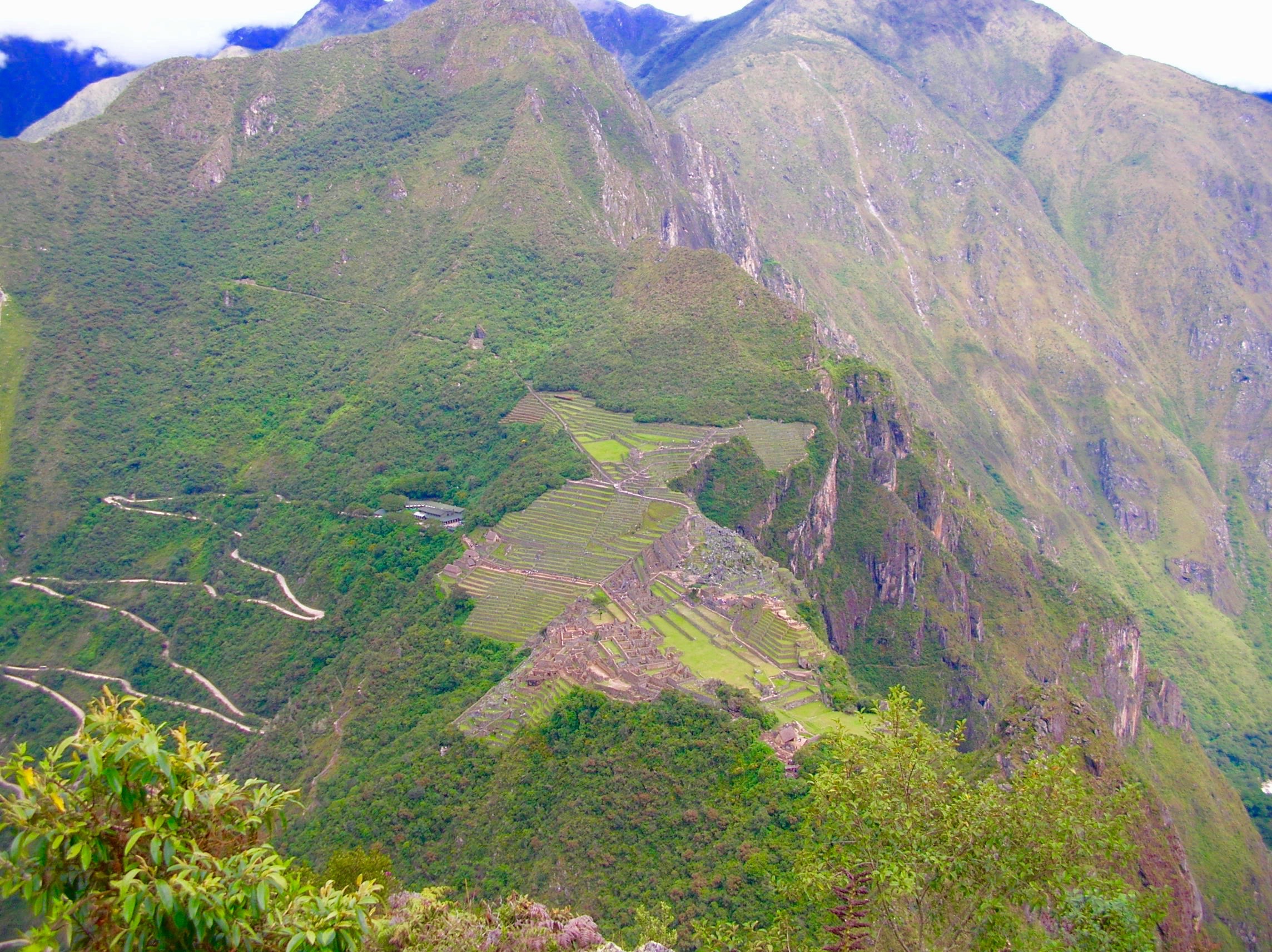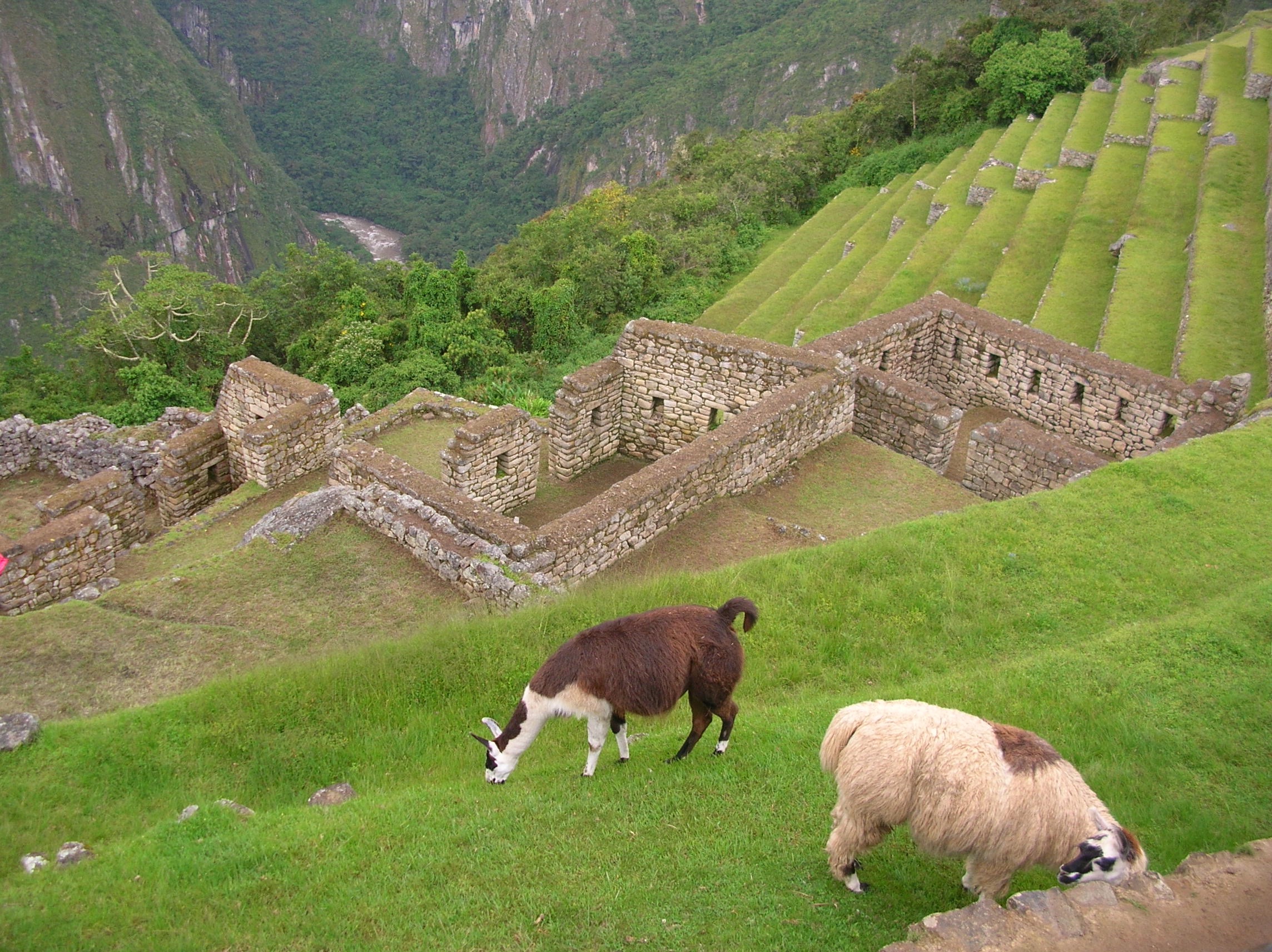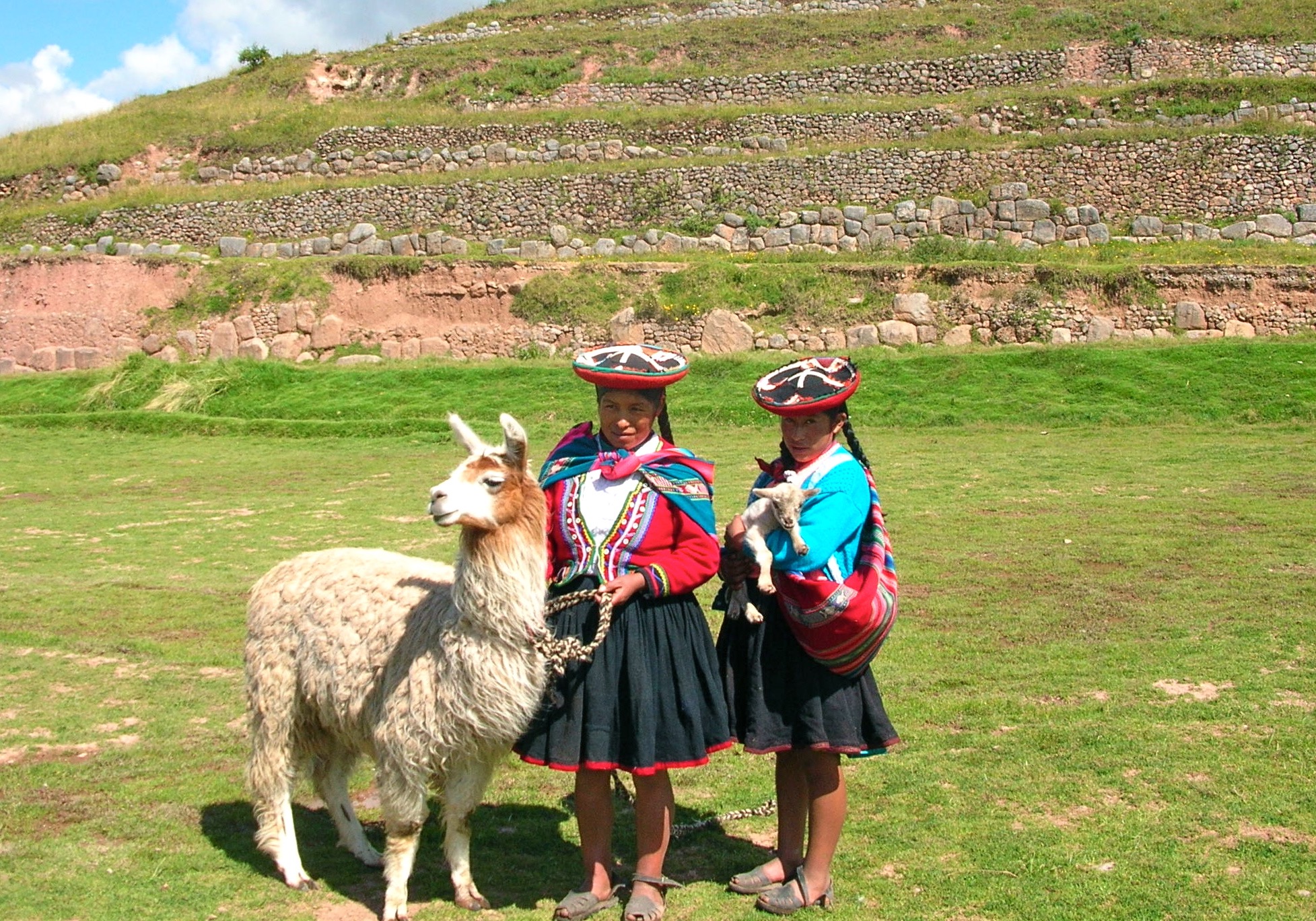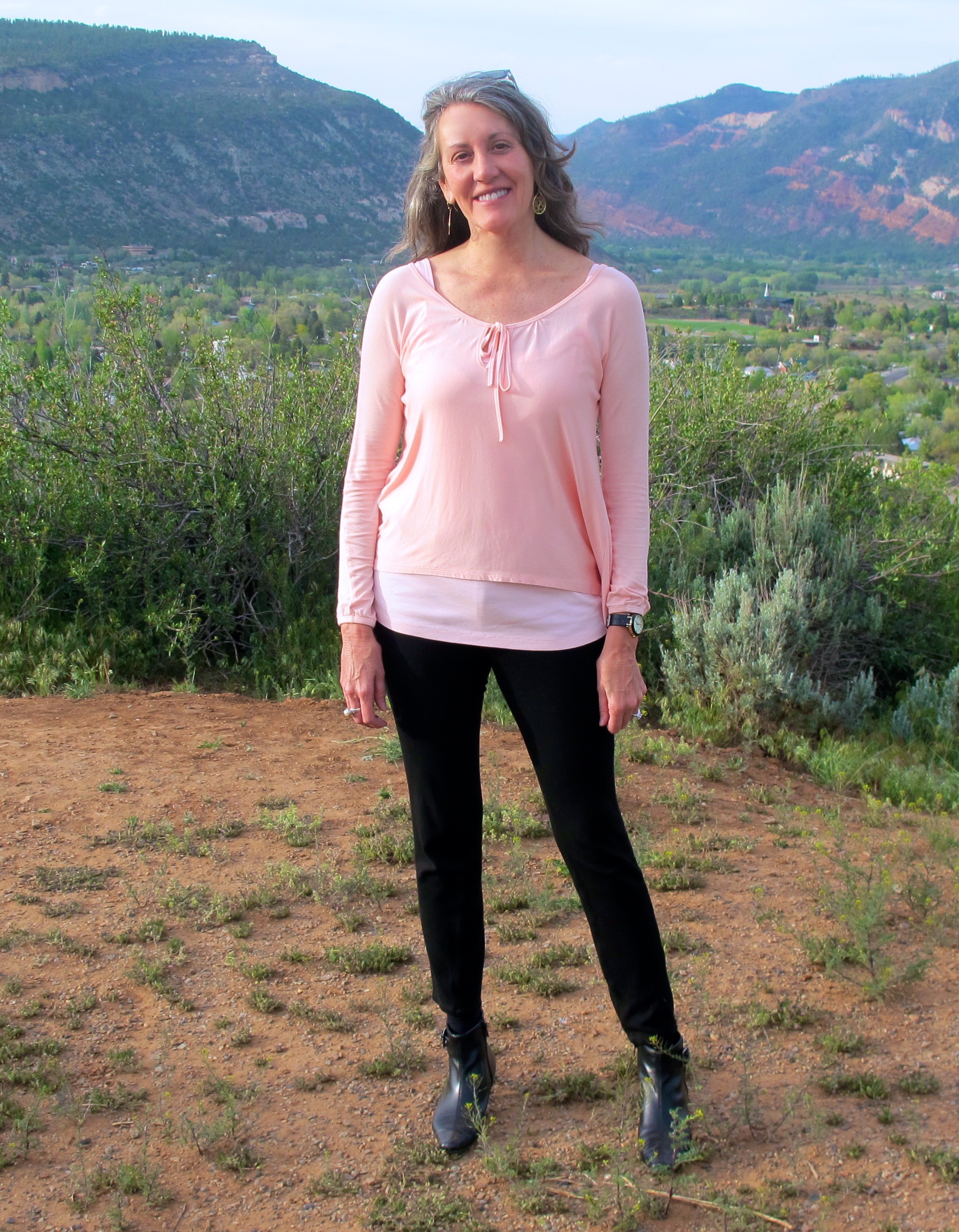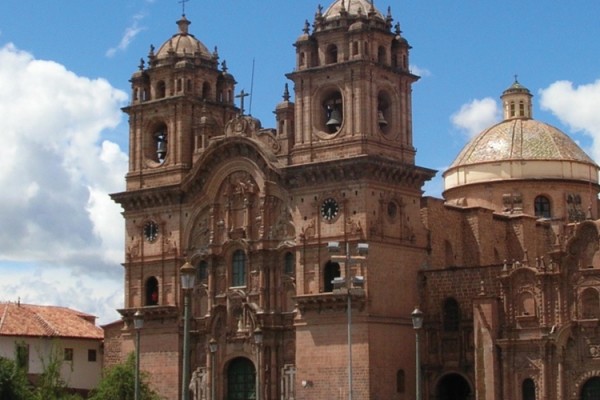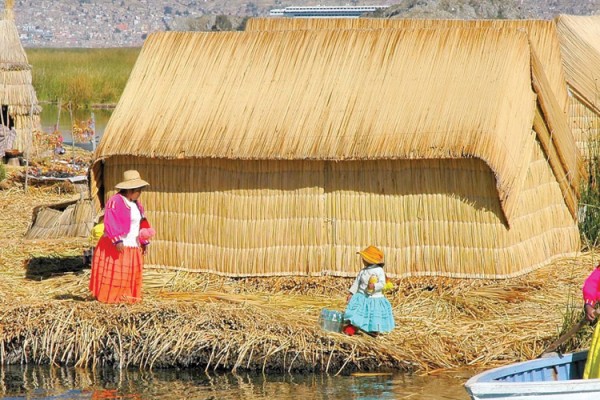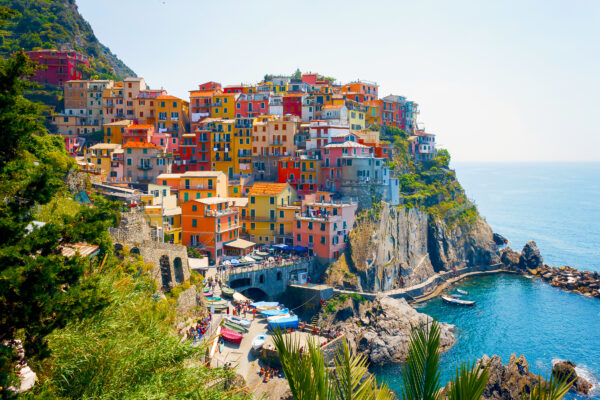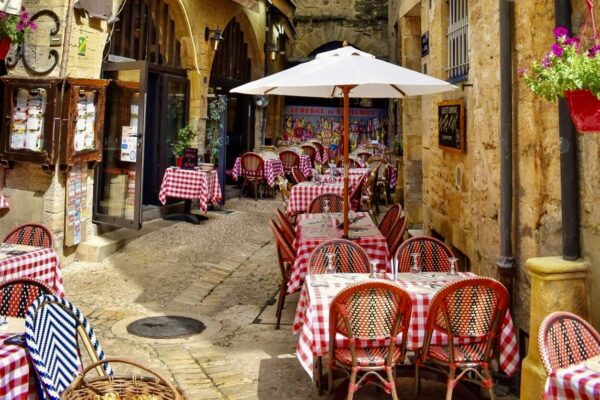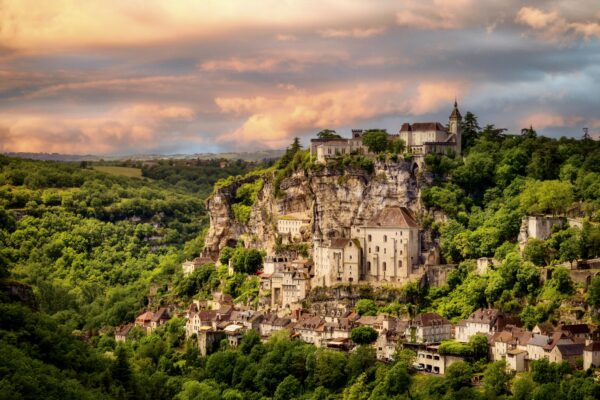Machu Picchu: Sky City
by Marla Norman, Publisher
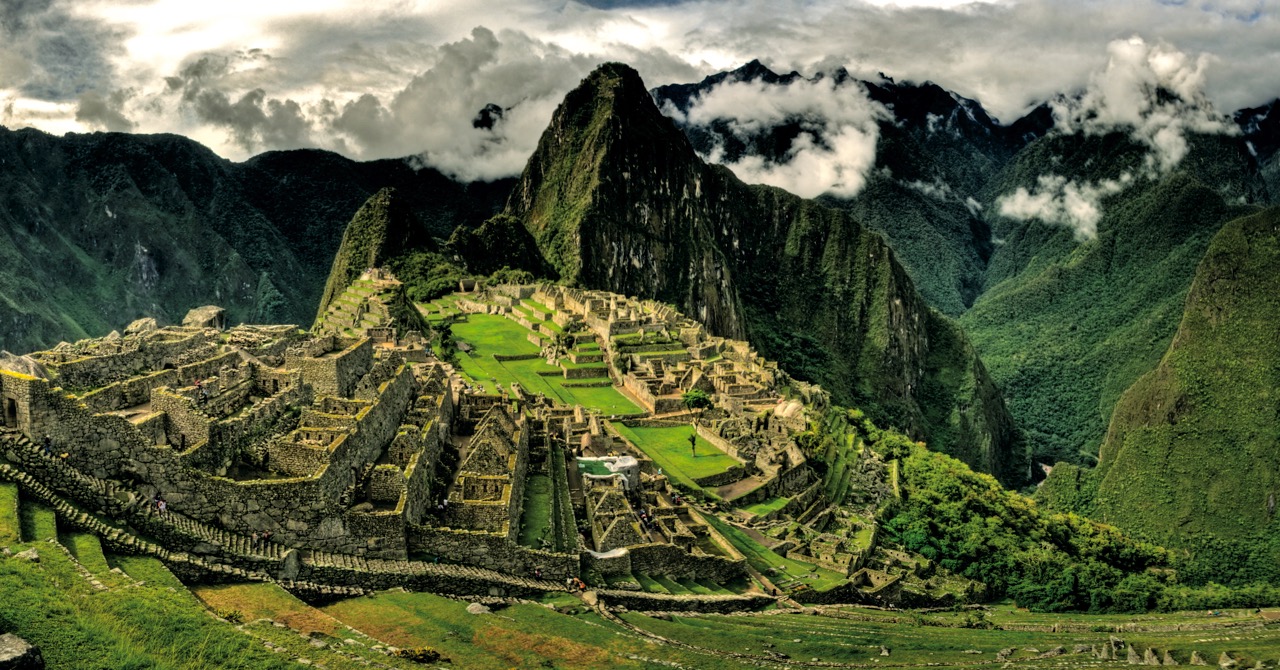
Nothing can prepare you for the other-worldly loveliness that is Machu Picchu. Photo courtesy of Orient-Express Hotels Ltd.
No matter how many photos you’ve seen, or the number of virtual journeys with the travel channels you’ve taken — absolutely nothing can prepare you for the other-worldly loveliness that is Machu Picchu. The constantly changing sky, canyon vistas, and iconic stone buildings seem like something you’ve dreamed. But the energy that emanates all around you is palpable and kinetic, yet somehow impenetrable and, the word I swore I wouldn’t use…mystical.
My cousin, Mary Ann Bradley, and I left Ollantaytambo at 5:00 this morning to board our train — but not just any train. We’re riding the South American Orient Express to be precise. And just the fact that we were on a locomotive legend like the Orient Express seems to confirm that this will be an adventure of a lifetime. We joke about spotting Hercule Poirot, Phileaus Fogg, and Henry Pulling among the passengers. Not too mention Dracula and James Bond!!!
But we quickly dispense with the literary diversions as the Rio Llullucha comes into view. Dazzling mountain peaks are visible through the skylight roof of the train — pure white glaciers stretching towards the heavens.
Occasionally, we glimpse hikers on the Inca trail, which also runs along the river. I’m a bit envious of them, even though I’m enjoying my hot breakfast and comfortable leather seat. At the same time, I can also imagine the pleasure of lingering within the many architectural sites and enjoying the company of the “Inca mountain spirits.”
Prior to boarding the train, we poured over our guide books and reread the history of Machu Picchu. The city was built more than 500 years ago in a remote area at an elevation of just over 8,000 feet. But archeologists still know almost nothing about the purpose of the city, or why it was built in such an extremely secluded location, then abandoned. Many of the theories developed by American explorer Hiram Bingham, who discovered the site in 1911, have been disproven. We conclude the best way to comprehend these ancient people is to simply see their city for ourselves.
And so finally, here we are! Transfixed. Standing in awe, looking at the smooth stones and the singular mountain beyond them. Thrilled to finally witness this unique place, one of the New Seven Wonders of the World.
SUN TRACKERS
Our guide leads us first to the Temple of the Sun, the most significant building within the compound. Typical of Inca construction, the stone walls are put together so perfectly, they seem to be more a work of art than part of a functional building. Each row of gigantic stones adheres perfectly to the adjacent row. No mortar or filler of any kind. That a people with no iron implements, wheels, or written language could have managed such a feat is remarkable.
Within the wall are a set of windows, including a small trapezoid-shaped opening, that looks over a valley lying hundreds of dizzying feet below. During the Winter Solstice, sunlight shines precisely through the trapezoid window and onto the middle of a flat granite stone.
Nearby is the Intihuatana, which is generally translated as the Hitching Post of the Sun. Again, during the Solstice, the stone points directly to the sun and no shadow appears. Like the temple, the stone is designed as a calendar. Many Inca settlements had similar kinds of stones, but most were destroyed by the Spanish Conquistadors. The Intihuatana at Machu Picchu is one of the few known to exist.
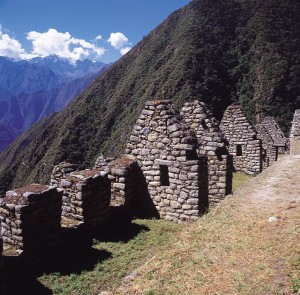
Inca stone walls – each row of stones adheres perfectly to the adjacent row. Photo courtesy of Orient-Express Hotels Ltd.
Over 100 flights of stone steps connect the various sections of the ancient city, which includes approximately 150 structures. Many of these were undoubtedly simple homes with thatched roofs. There are also numerous water fountains, still functioning, that archeologists believe formed an irrigation system carrying water to each individual building.
Another section, which may have housed royalty or elders, has distinct red-tinged walls. An area referred to as the Ñustas or Princesses has striking trapezoid-shaped rooms.
THE CONDOR’S VALLEY
Towering over the entire complex is the much-photographed Huayna Picchu. We want to hike up to the top, even though our guide tries to discourage us, warning that it’s extremely steep and will require more than two hours.
We’re determined, however, and rush over to the entryway, since only a limited number of visitors are allowed to make the hike per day. We literally get the last tickets! Feeling lucky, we start up the path which narrows quickly. The views become more spectacular as we climb, but so do the drops-offs and precipices. I notice that Mary Ann is beginning to look a little pale, in spite of her sunburn. I’m sure my color is fading fast as well. After over an hour of laborious uphill hiking, our guide motions to Machu Picchu, far below us, asking if we can identify the shape. We point to a corner of the city and ask, “Is that a wing?” Our guide confirms that it is the wing of a condor. We marvel that the shape is still so prominent after hundreds of years.
We continue on until we come to a set of teeny, tiny steps on an incline so vertical, it feels as if we’re climbing a four-story ladder over an abyss. “Don’t look down,” our guide advises. “And breathe,” he tells me over his shoulder.
“Thanks for the advice,” I mutter back.
We make it to the top and celebrate, but only for a second. In front of us now is a very narrow tunnel carved out of the mountain. “You’ll have to get on your stomach and crawl,” our guide orders.
I drop to my stomach and stick my head into the opening. It’s dark, claustrophobic, and I bang my head on the top of the tunnel as I wiggle my way through the tiny space. But I see light fairly quickly and push my way through to the other side. “I feel like I’ve gone through a birthing,” I say, stumbling out.
“Good,” our guide says cheerfully. “You must be reborn to experience this sacred Inca place.” Mary Ann is next. We hear her crawling along and encourage her through. When she emerges, we applaud for one more “newborn.”
We lug ourselves up the final stretch and, victorious at last, enjoy the magnificent views–all the while mindful of the tiny space we’re sharing and nervously eyeing the mile-high drop off directly below us.
Meanwhile, another group of hikers that has toiled up the mountain wants to take our spot. We spend precious seconds trying to commit the view to eternal memory and then give up our hard-earned perch.
Back we go down the gazillion and one steps we’d climbed previously. I feel as if we’re free falling, swooping down into the gorgeous valley below us. The sky has become a light show as a storm moves in. Pieces of clouds literally blow in front of our faces then flit off in new shapes and forms. Lightning flashes and bounces off the walls of the mountain.
The air turns icy as we reach the bottom of Huayna Picchu. Heavy rain drops pound us. Suddenly heartsick to be leaving, I start pointing my camera in all directions, snapping photos like a maniac. Mary Ann is clicking away for all she’s worth as well. Realizing how crazy we must seem, we stuff our cameras into our pockets and, laughing, run for the train station.
Collapsing in our comfortable leather seats, we try to chat and relive the whole experience. But we’re exhausted. We nod off — dreaming about the sky city that seems to be more of the clouds than reality.
NOTE: Tickets for entry to Huayna Picchu can now be purchased online at www.machupicchu.gob.pe.


